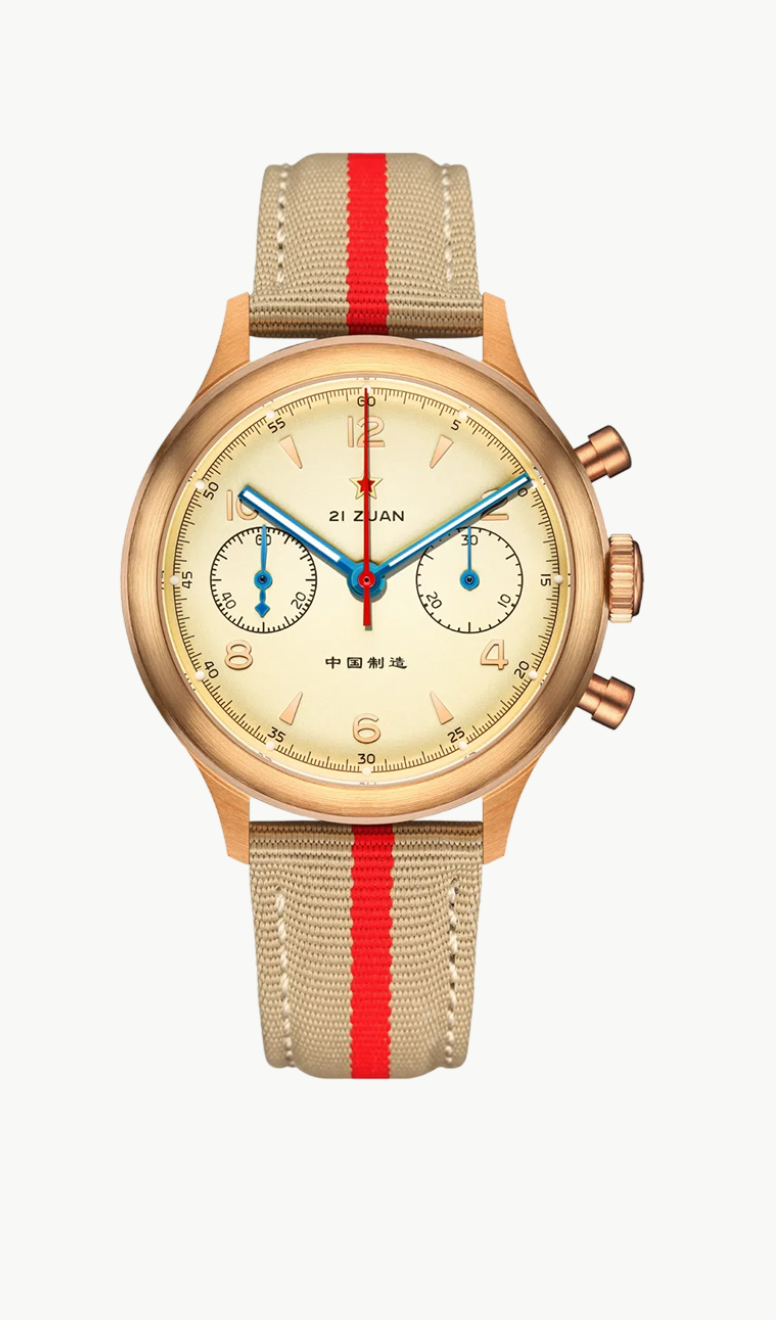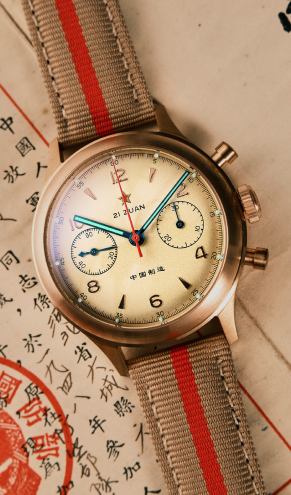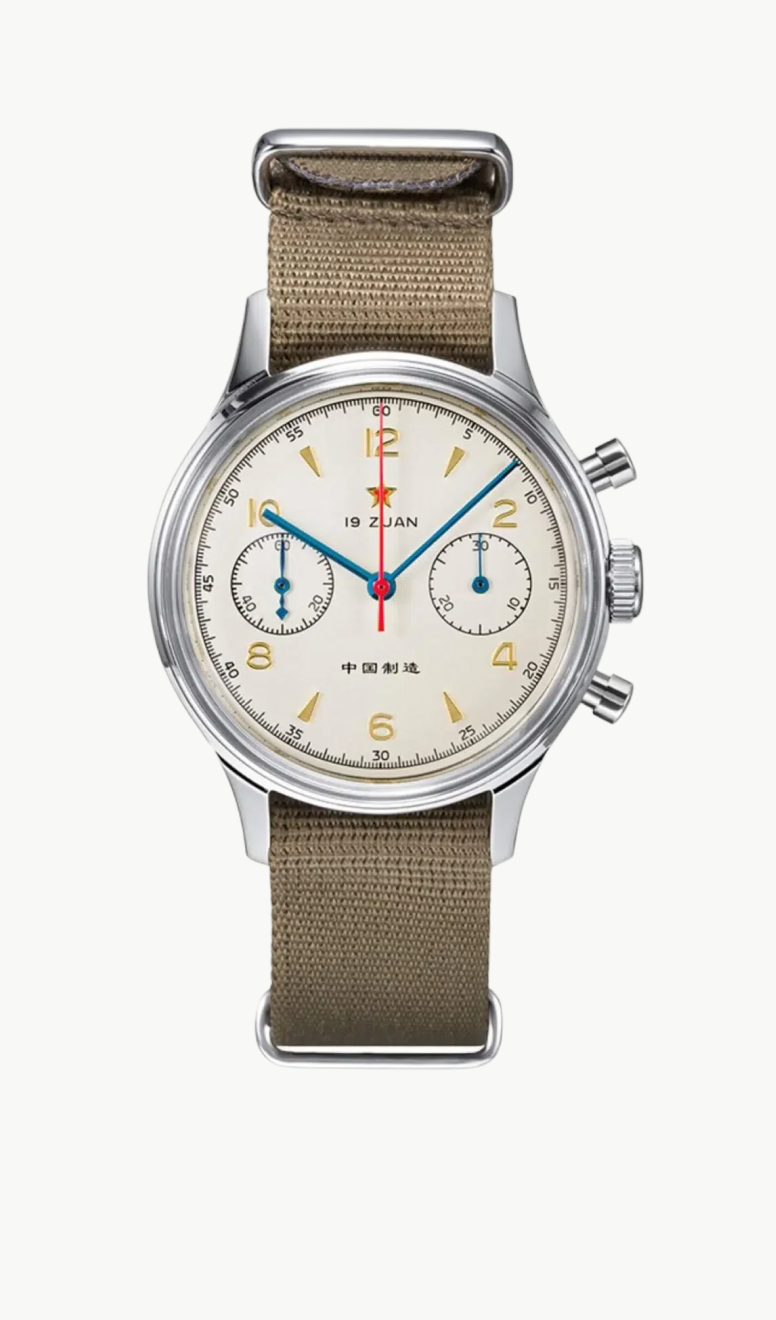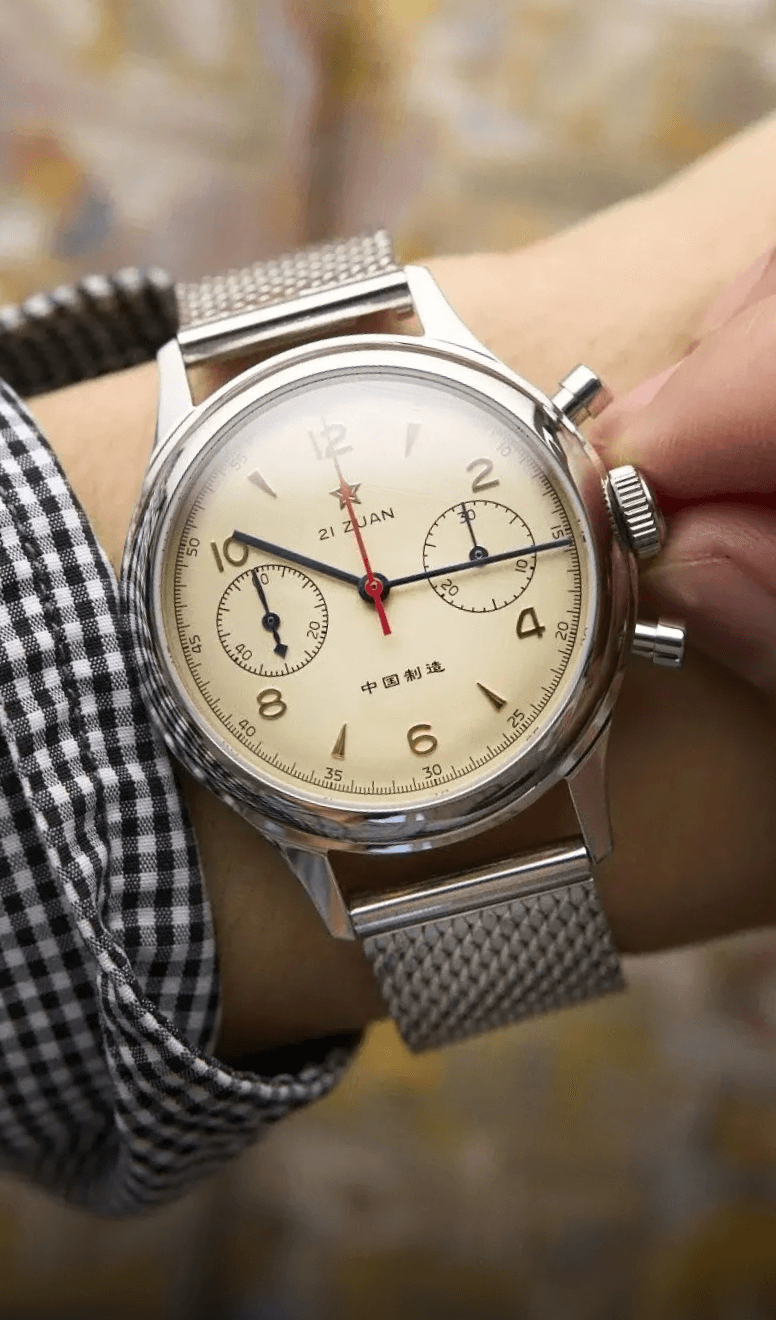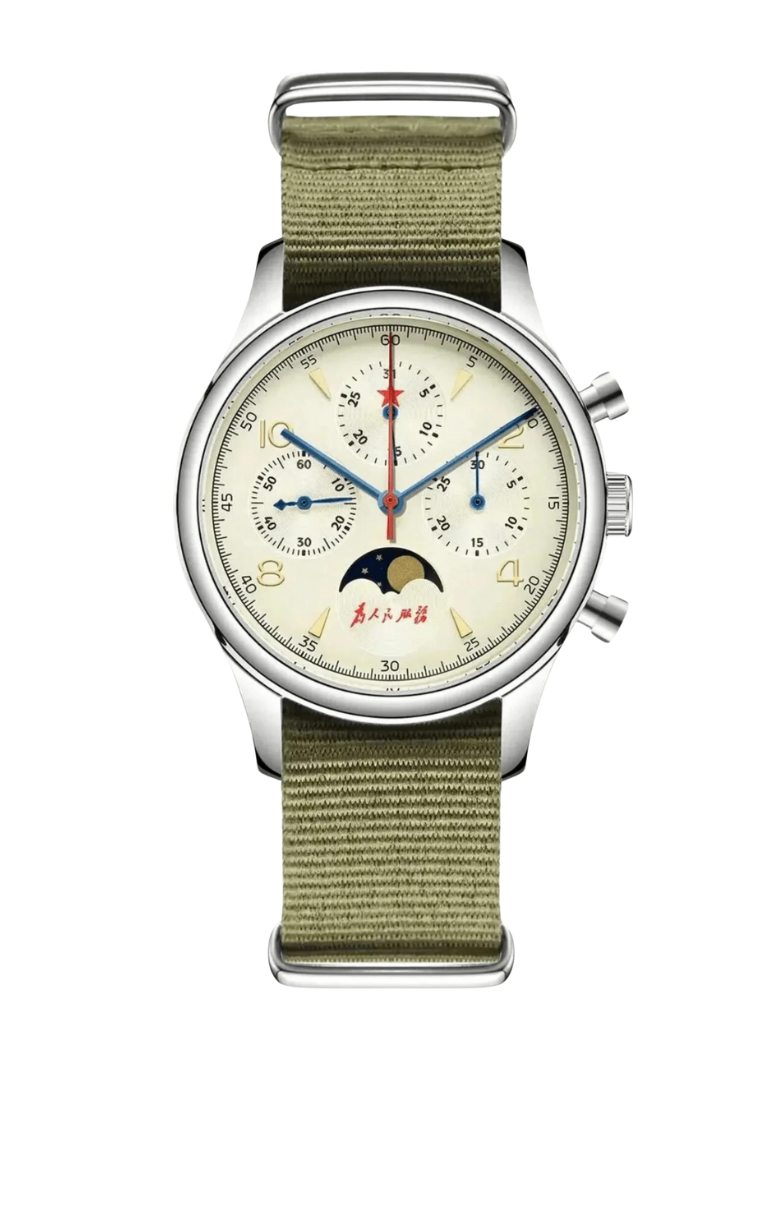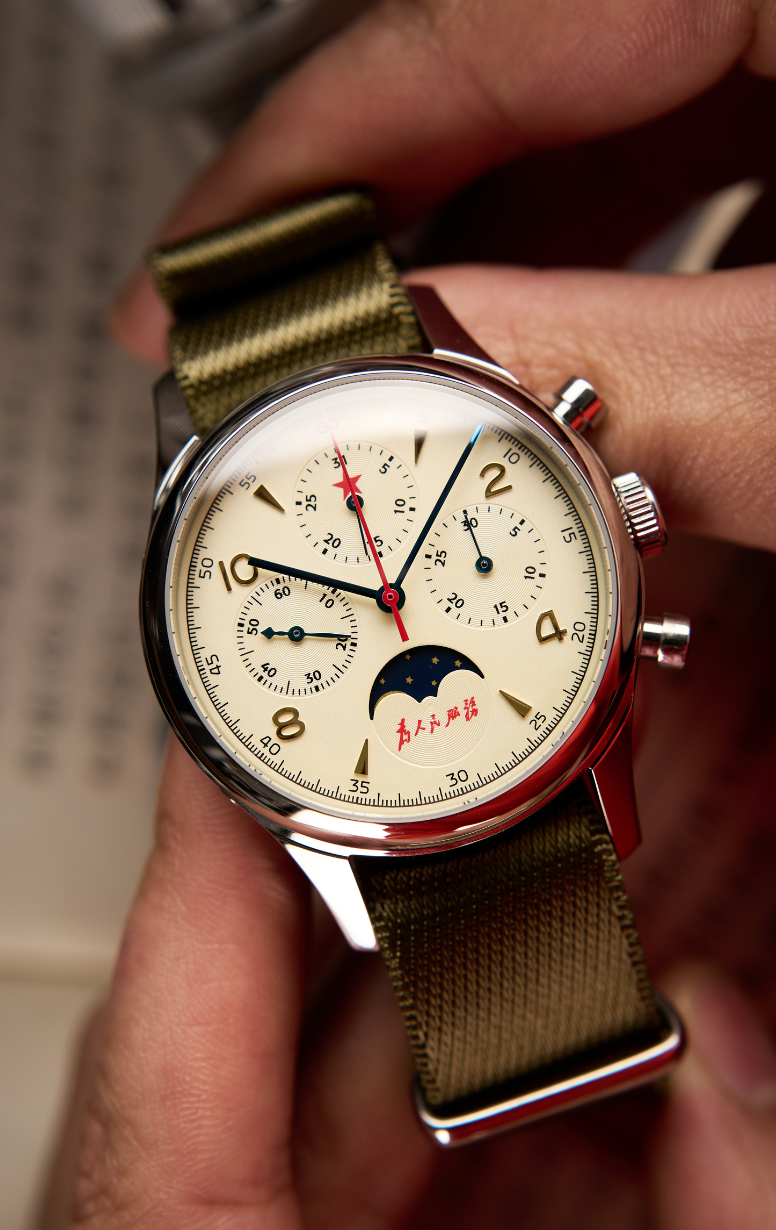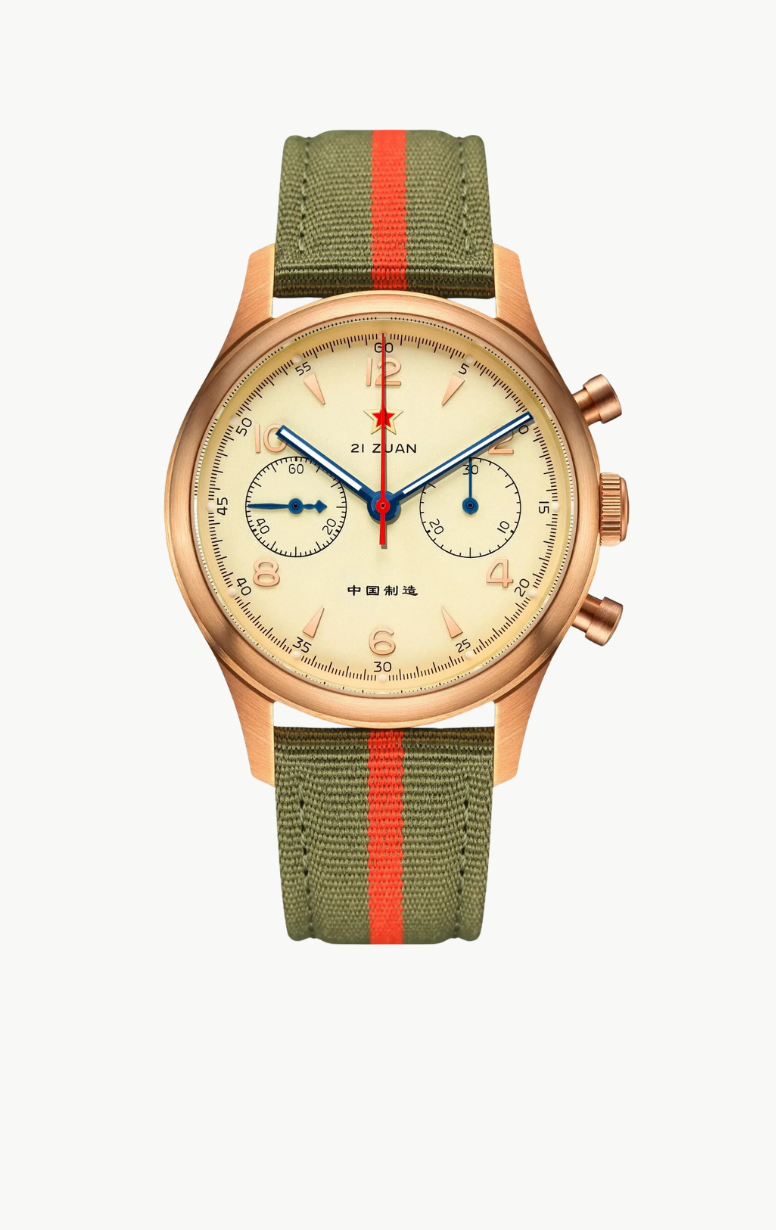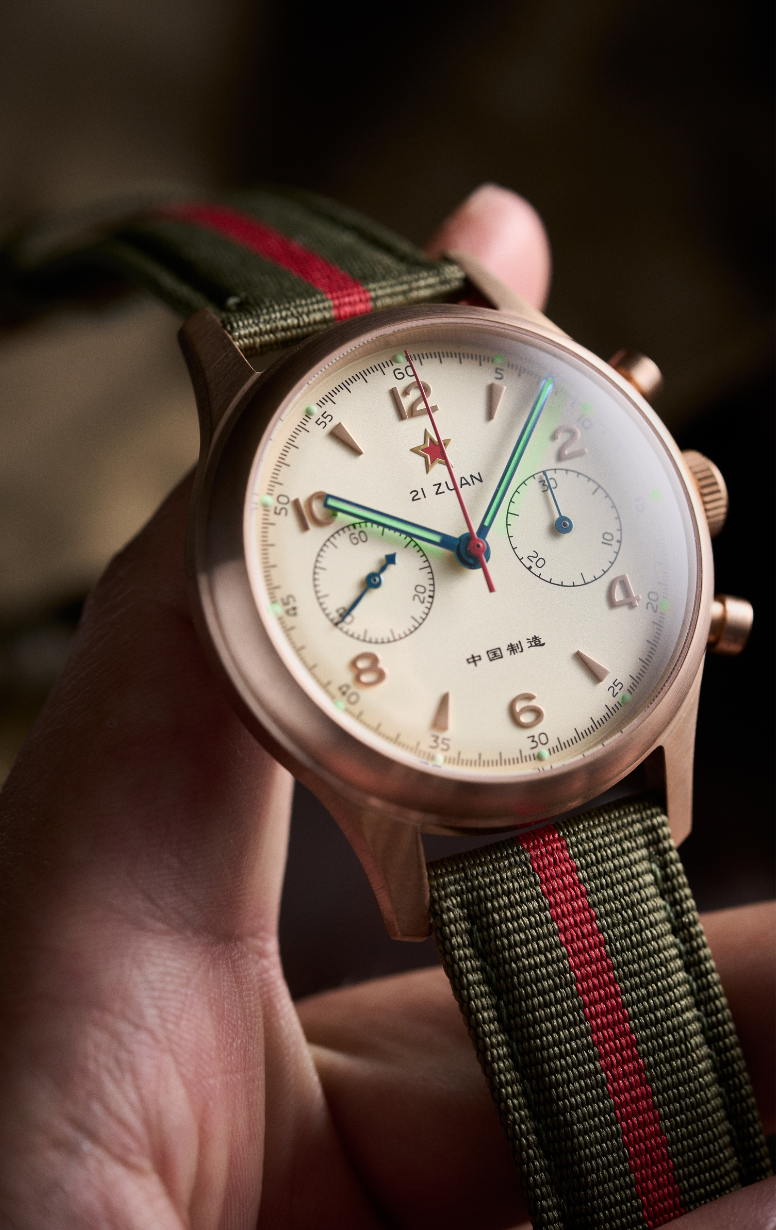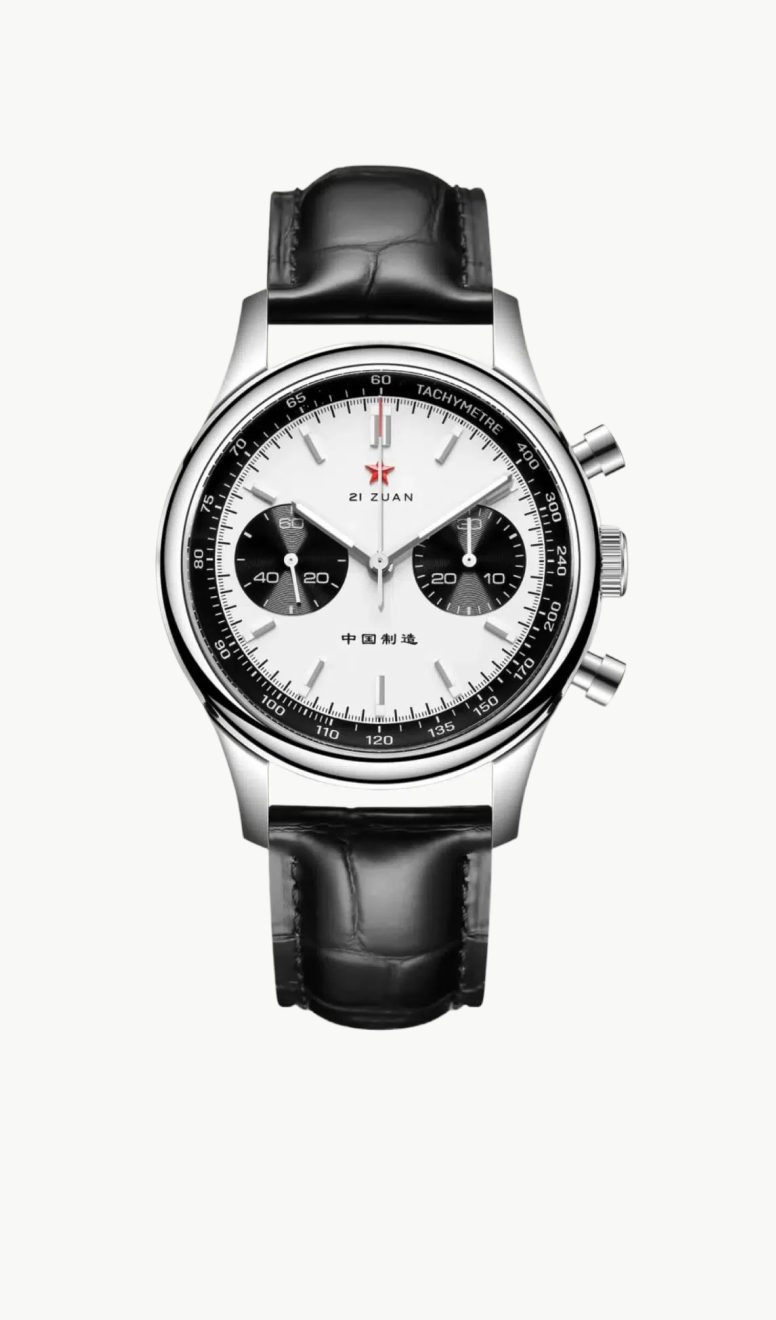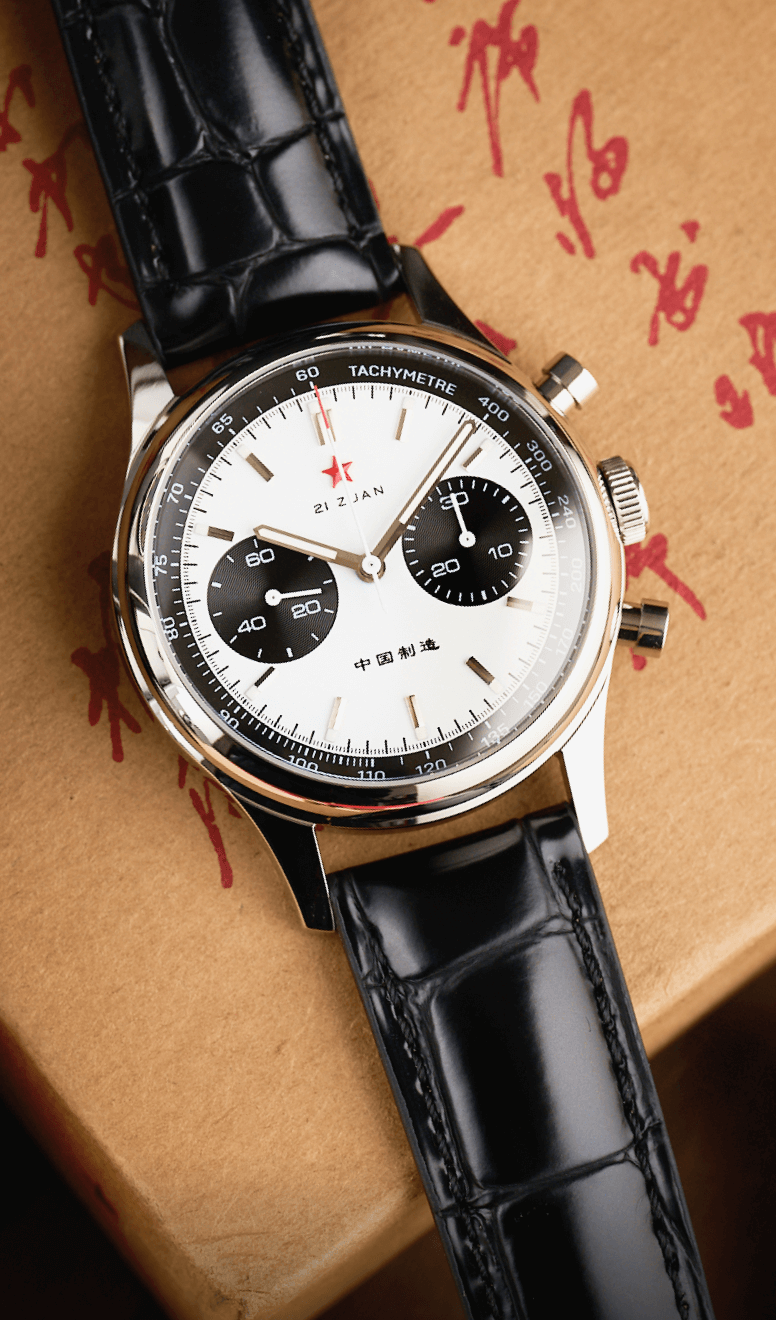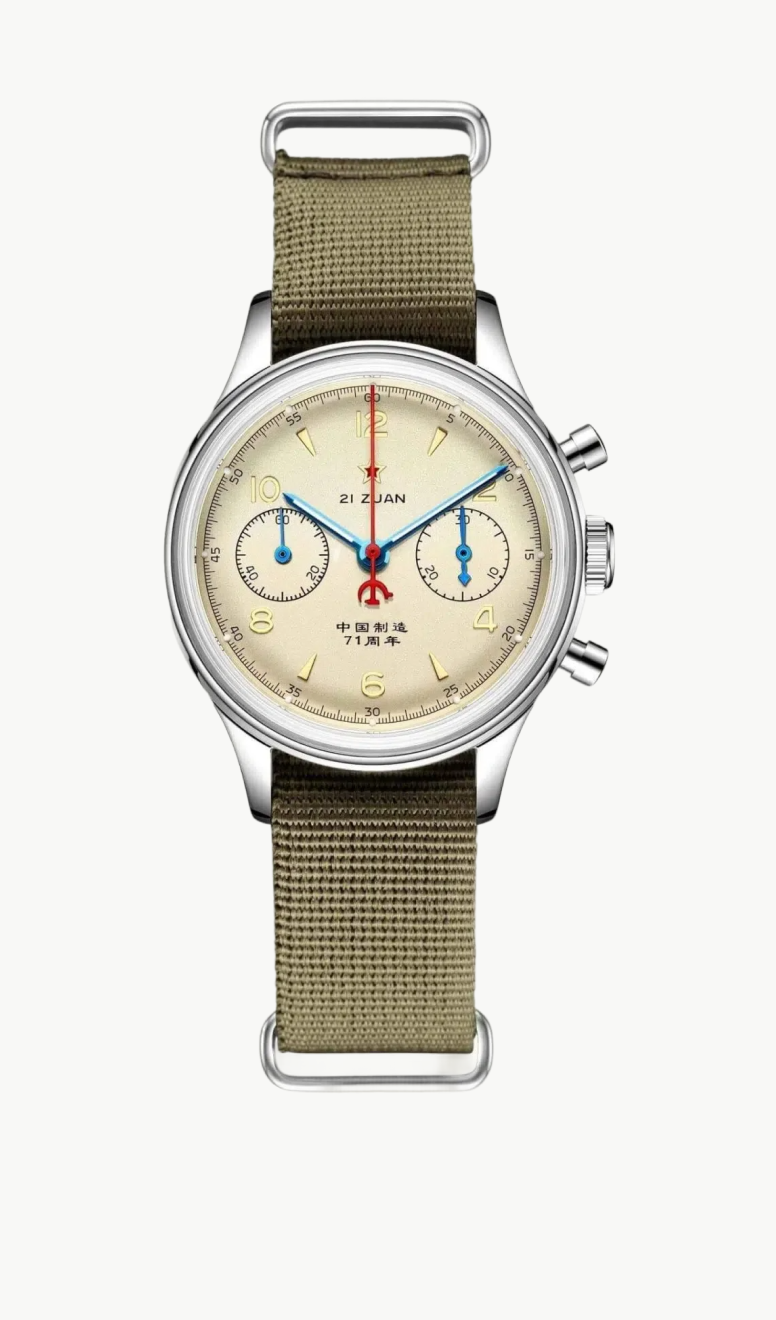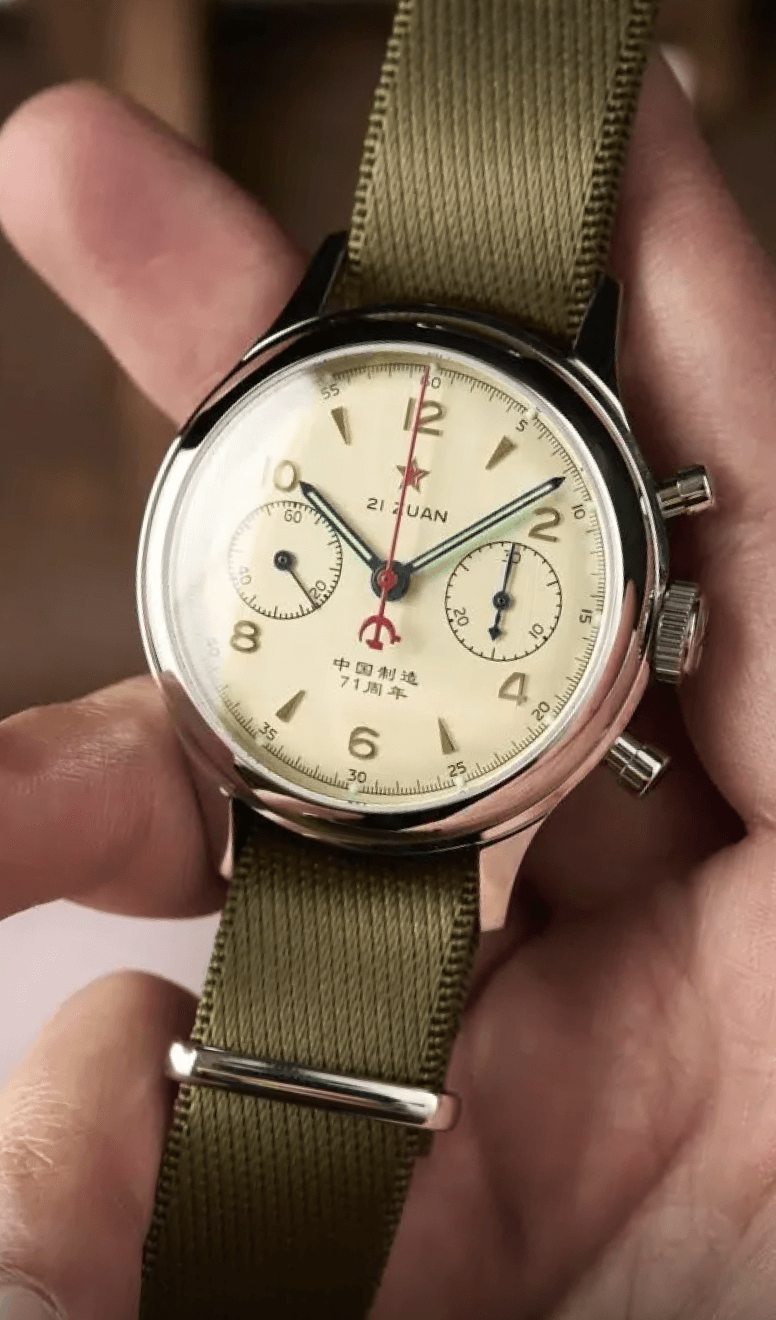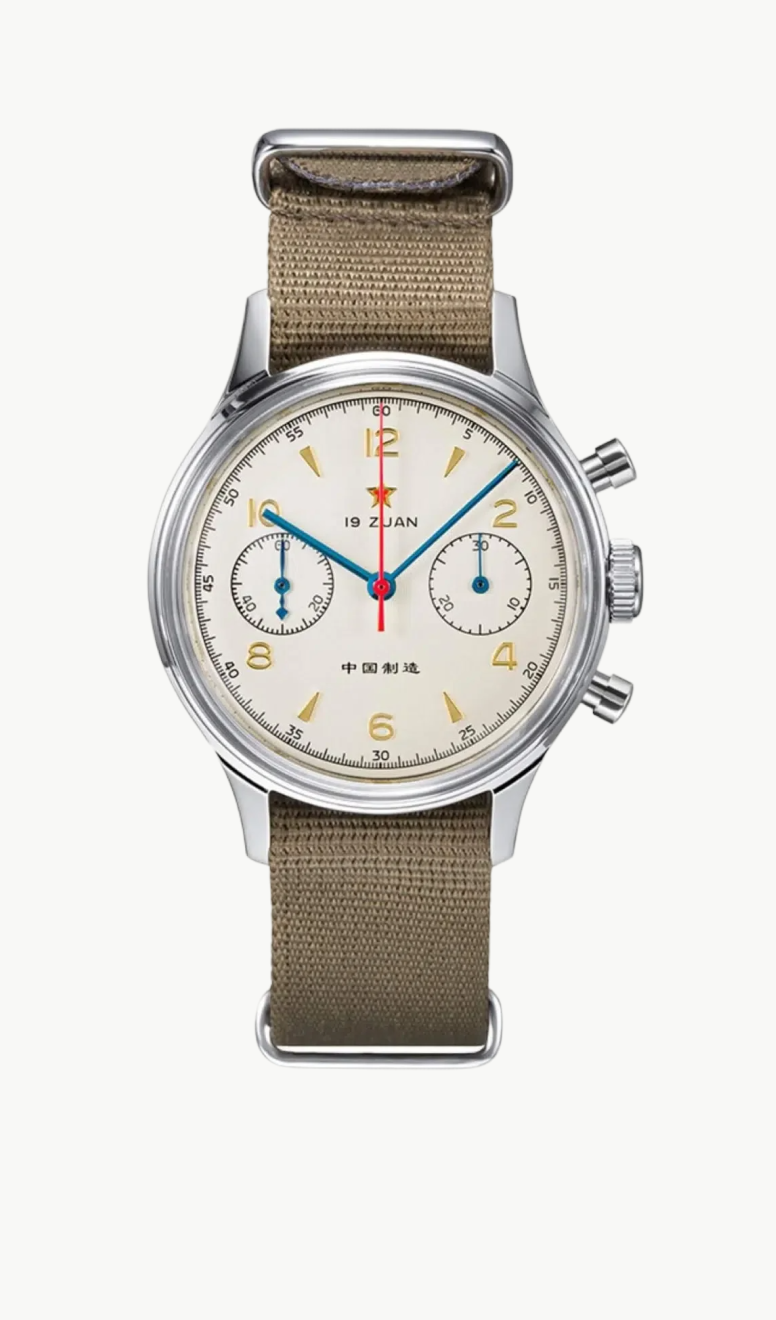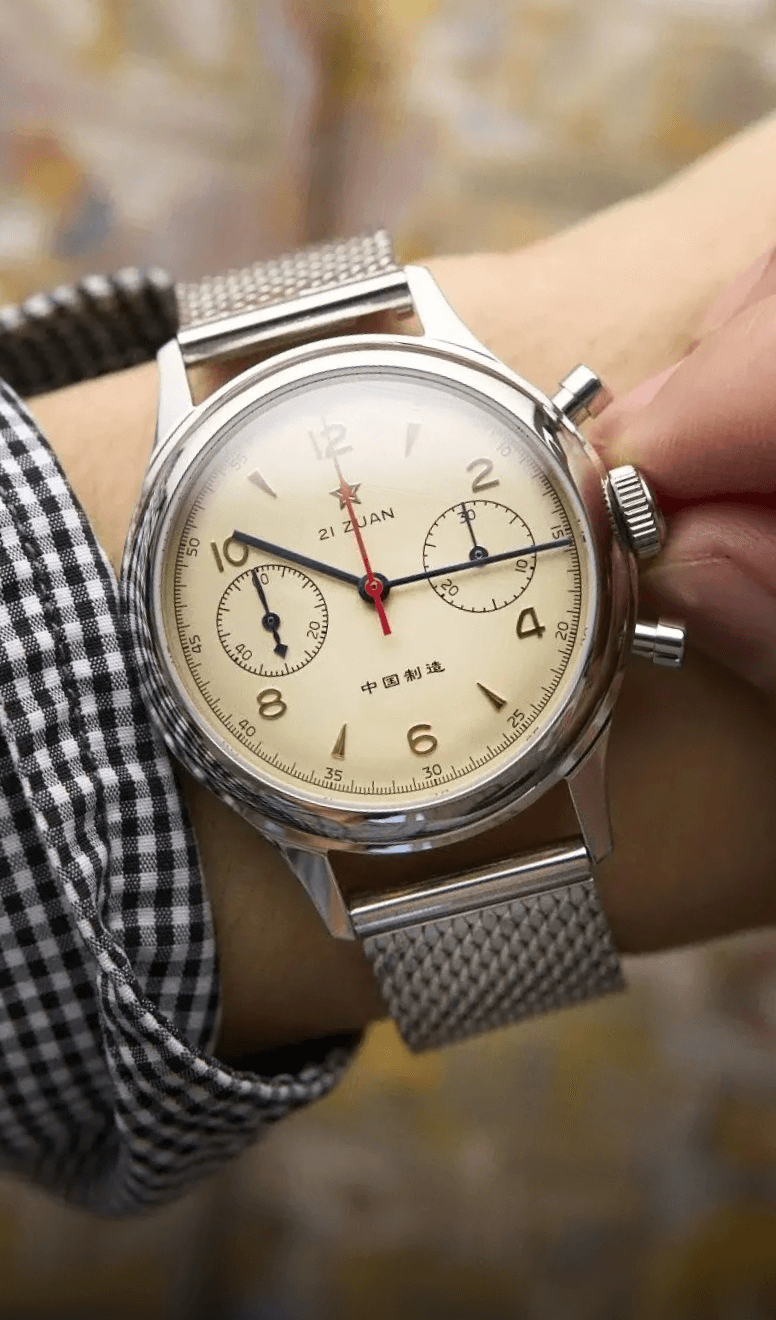The original Seagull 1963 came with a dome-shaped acrylic glass. However, a lot of people are wearing their Seagull 1963 watches daily, resulting in a re-evaluation of the choice for the glass covering the dial.
So it raises the question: will you go for the ‘true to the original’ acrylic glass, or will you go for the more practical sapphire glass for your seagull 1963?
This question can easily perplex any watch enthusiast’s mind, so here’s our honest view on it, in the hope it will make your choice easier.
Both choices have different advantages and downsides, which we will consider the highs and lows from to help you decide the best one. So let’s get started!
Acrylic Glass Strength
The material acrylic is similar to plastic. It is a light, durable and affordable type of glass and it was the glass used in the original Seagull 1963. The domed shape gives it a very unique look, something that can only be accomplished by acrylic glass.
Here’s the downside, however: it is prone to scratches. This shouldn’t be a very big deal though, since there are easy and extremely affordable solutions out there to polish the small scratches out of the acrylic glass in under a minute.
All you need to do is just polish it with products like a poly watch (polish paste) to make it scratchless and spotless.
Sapphire Glass Strength
That brings us to the alternative option for your Seagull 1963 Chrono watch: the models with sapphire glass. This choice of glass for your Seagull 1963 watch will make sure it’s always looking brand, new even after months of daily use. As for the hardness of sapphire, it values nine on the Mohs scale, which is used to measure the corresponding hardness of various materials, whereas diamonds are rated at 10.
It is feasible to coat both faces of the glass with an anti-reflective coating without any distortion. Despite being called sapphire, this glass does not come from sapphire mined naturally. It is in fact, synthetically produced. This glass offers exceptional clarity to the user which makes their timepiece dazzle on every occasion.
A drawback of sapphire glass is the fact that it’s a little more expensive in production. Since it’s so hard, whenever there are scratches on the glass, they normally come from quite a serious impact. So that means that, if there are scratches on the surface, they are a lot more tricky to polish out.
How to Tell the Difference between an Acrylic and Sapphire Watch Glass?
Now that you are well aware of the highs and lows of acrylic and sapphire glass, the next step is identifying them. You need to be able to recognize and identify your watch glass to keep it in perfect condition.
You can check which type of watch glasses you have on your watch in several ways, and it’s pretty easy to see if you know what to look for.
The factor that can help you distinguish between sapphire and acrylic glass is the glass texture. For sapphire glass, the glass will have a pinkish-white color with extreme clarity.
Another way to see if it’s sapphire glass or not is by pouring some water drops on the glass. If the water drops start to flock together, then that’s an indication that the glass is sapphire. For acrylic glass, however, the texture is slightly clouded. You can test for acrylic glass by simply tapping on the glass.
If you hear a plastic-like sound, then that’s an indication that the glass is acrylic. Another way to see it, without having to conduct any experiments, is by looking at the key aesthetic feature of the acrylic glass: its clear domed shape.
This can however be tricky to see on a photo if it’s not a clear shot from the side.
Which Glass Design should You get?
We listed up the advantages and disadvantages of both options and of course, there’s no ‘right or wrong choice: every watch enthusiast has different preferences. For those who are always on the go, the Saphire design is the most preferred as it helps to secure the glass against damage caused by banging or wear and tear.
For those who love to spice things up with glam or find it important to have the version that is most true to the original version, the acrylic domed shape design is preferred since it allows for magnification of details and is more historically correct.
So to keep it simple: the sapphire glass will remain the top choice for people that value practicality when it comes to selecting watch glass because of its clarity, strength, and scratch resistance, which will allow your watch to stay on top condition for a very long time.
Other collectors adore the antique appearance that acrylic glass imparts to the eyes and the historical correctness when it comes to the original seagull 1963 d304 design. Additionally, acrylic glasses are significantly less expensive to replace than their sapphire equivalents whenever a replacement glass is required.
We hope you found this article helpful!
